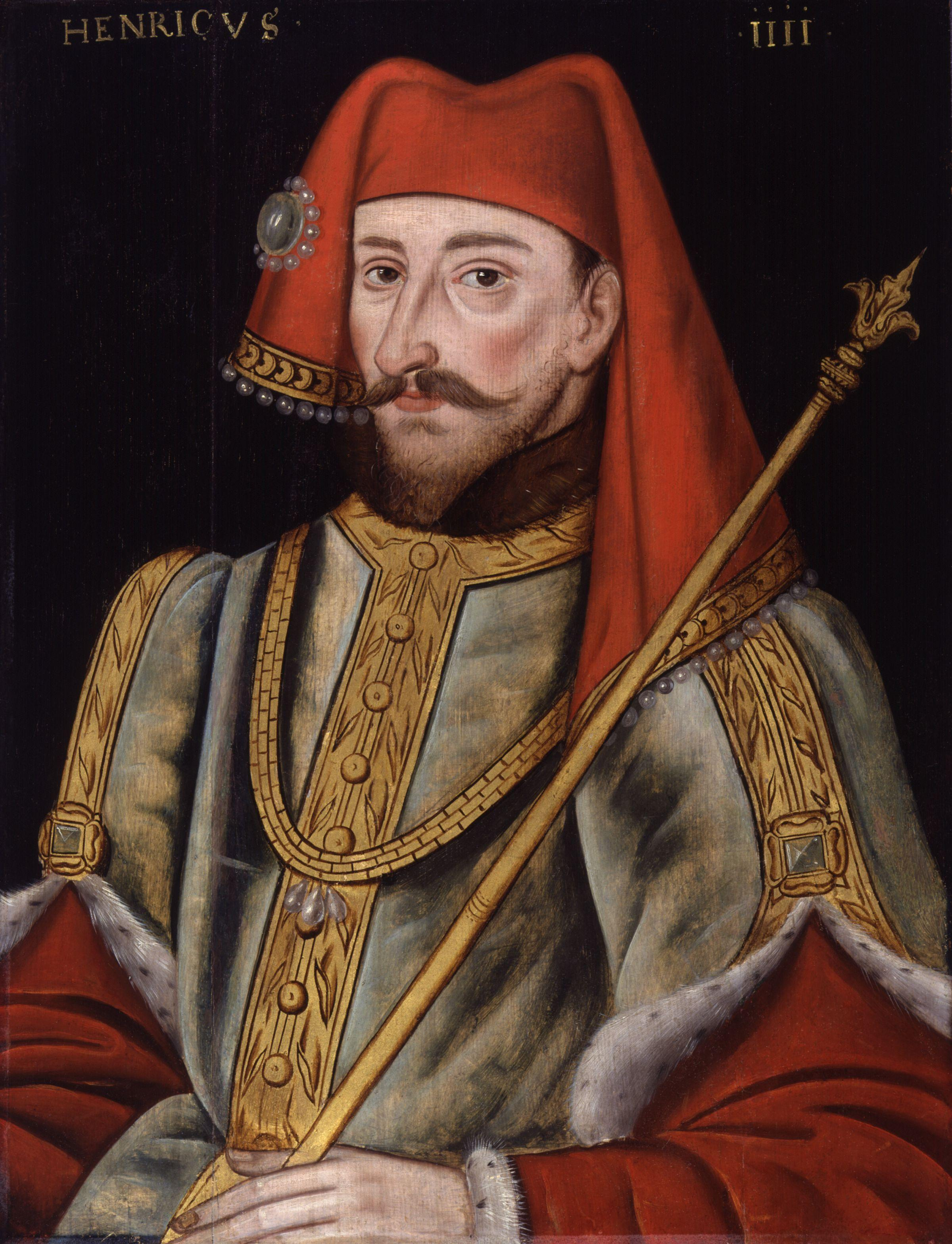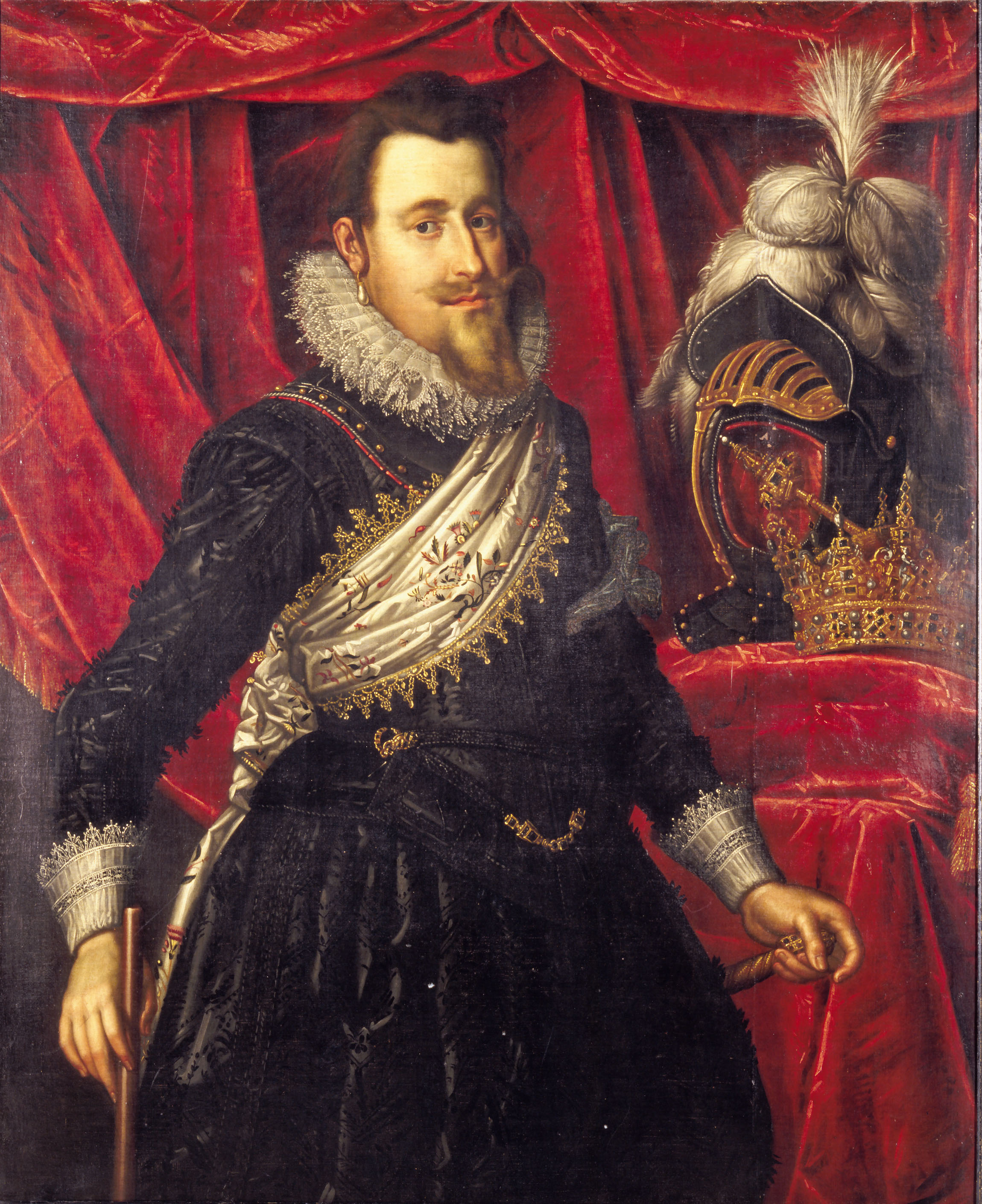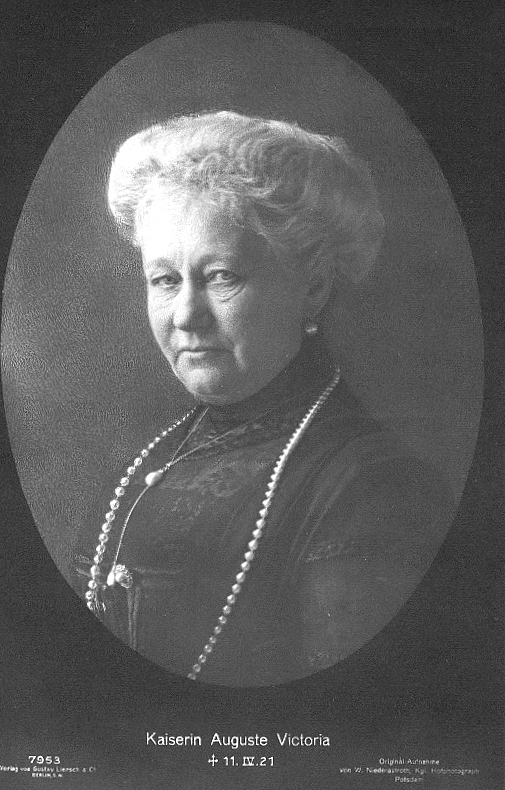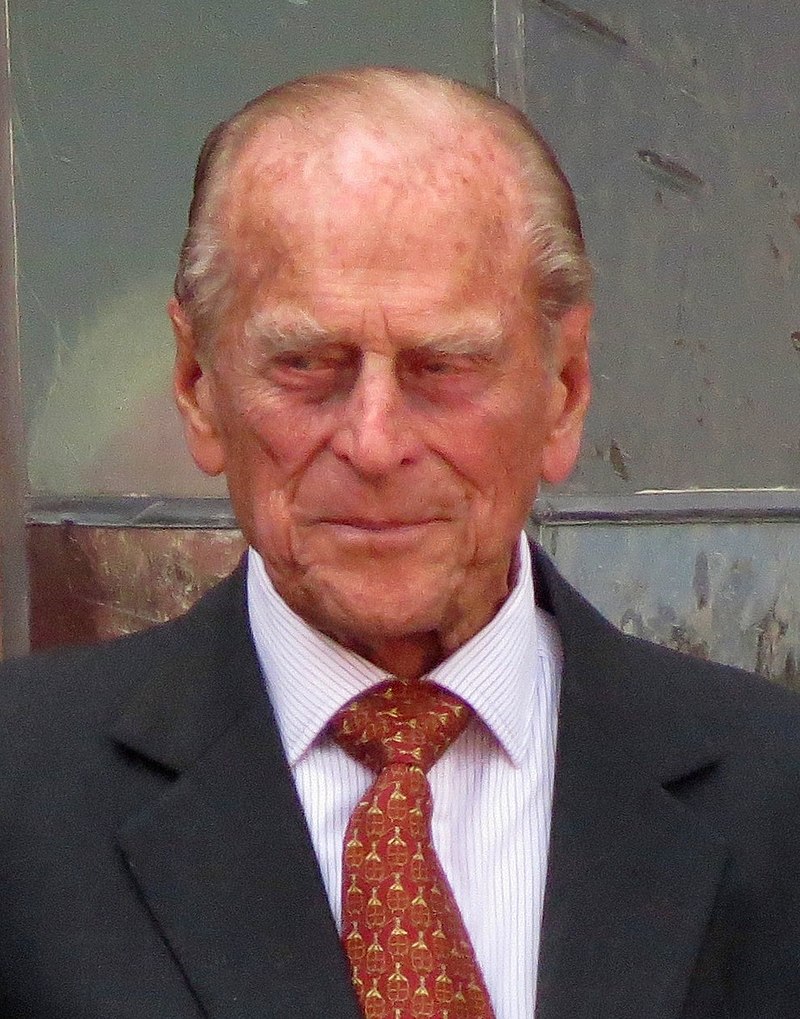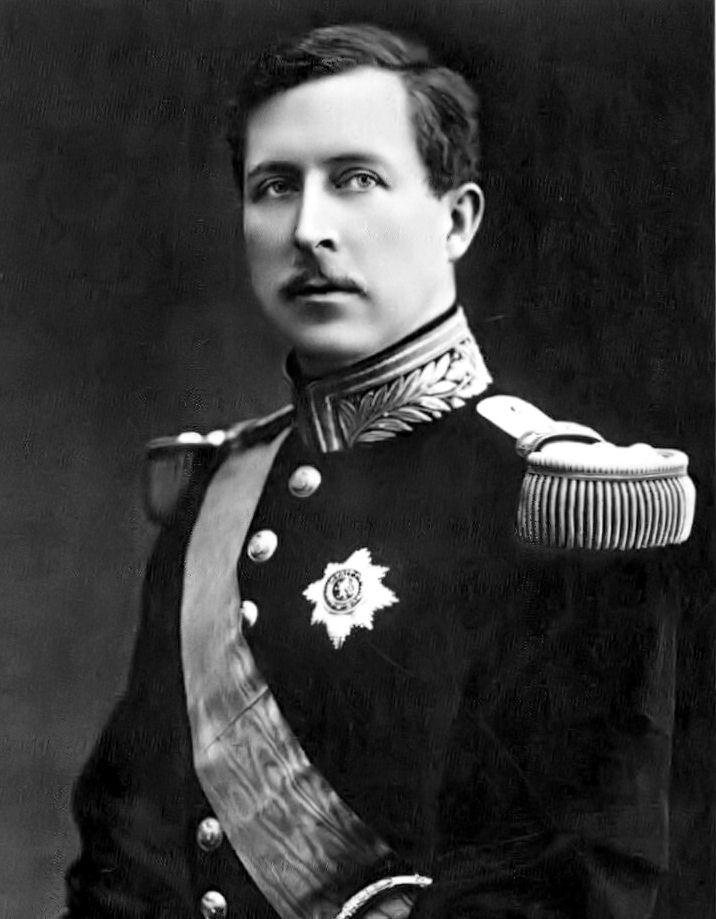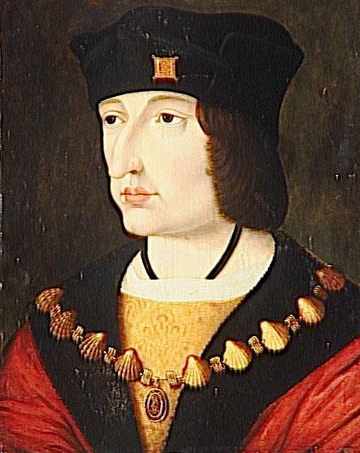© Unofficial Royalty 2025

Carlo II Ludovico, Duke of Parma; Credit – Wikipedia
April 16, 1687 – Death of George Villiers, 2nd Duke of Buckingham, favorite of King Charles II of England, in Kirkbymoorside, Yorkshire, England; buried at Westminster Abbey in London, England
George Villiers, 2nd Duke of Buckingham and his brother Lord Francis Villiers were brought up in the household of King Charles I with Charles I’s sons, the future King Charles II and the future King James II. George and his brother Francis actively supported and fought with the Royalists during the English Civil War. After the death of his brother in a battle near Kingston upon Thames, George Villiers fled England and took refuge like many other royalists in the Netherlands. After the restoration of King Charles II, George held several positions, including Lord Lieutenant of the West Riding of Yorkshire, Minister of State, and Master of the Horse. His endeavor to influence English politics was stymied by the Lord Chancellor Edward Hyde, 1st Earl of Clarendon, and in 1667, George took an active part in the overthrow of Hyde. He then played an important role in the group of five royal advisors that called itself the CABAL, formed from the letters of its members’ names. George was one of the Restoration rakes, which included John Wilmot, 2nd Earl of Rochester, Sir Charles Sedley, and Charles Sackville, 6th Earl of Dorset. Following the example of King Charles II, they distinguished themselves in drinking, sex, and witty conversation. George died on April 16, 1687, aged 59, from complications of a cold he caught while participating in a fox hunt.
Unofficial Royalty: George Villiers, 2nd Duke of Buckingham, favorite of King Charles II of England
April 16, 1693 – Birth of Anna Sophie Reventlow, mistress, bigamous wife, and then legal wife of King Frederik IV of Denmark and Norway, at Clausholm Castle in Jutland, Denmark
After having two previous mistresses, making a bigamous marriage to one and wanting to make a bigamous marriage to the other, Frederik IV fell in love with 19-year-old Anna Sophie after meeting her at a masked ball. He abducted Anna Sophie from her parents’ home and bigamously married her as Frederik’s wife, Queen Louise, was still alive. After Queen Louise’s death, Frederik IV and Anna Sophie were married in a second formal wedding conducted with great ceremony. Although the marriage was still scandalous, it was not declared morganatic, and Anna Sophie was crowned as Queen of Denmark and Norway.
Unofficial Royalty: Anna Sophie Reventlow, Queen of Denmark
April 16, 1865 – Death of Anna of Hesse and by the Rhine, Grand Duchess of Mecklenburg-Schwerin, 2nd wife of Friedrich Franz II, Grand Duke of Mecklenburg-Schwerin, in Schwerin, Grand Duchy of Mecklenburg-Schwerin, now in Mecklenburg-Vorpommern, Germany; buried in Schwerin Cathedral
The sister of Ludwig IV, Grand Duke of Hesse and by Rhine who married Queen Victoria’s daughter Alice, Anna married Friedrich Franz II, Grand Duke of Mecklenburg-Schwerin in 1864. She died at the age of 21 from puerperal fever (childbed fever), a week after giving birth to a daughter who died in her teens.
Unofficial Royalty: Anna of Hesse and by Rhine, Grand Duchess of Mecklenburg-Schwerin
April 16, 1883 – Death of Carlo II Ludovico, Duke of Parma in Nice, France; buried at the Chapel of the Villa Borbone, now in Viareggio, Italy
Carlo Ludovico was born in Spain because, in 1796, the Duchy of Parma was occupied by French troops. After the fall of Napoleon in 1814, the Duchy of Parma was not returned to the Bourbon-Parma family. Instead, the Congress of Vienna gave it to Napoleon’s second wife, Marie-Louise of Austria. In 1820, Carlo Ludovico married Maria Teresa of Savoy, one of the twin daughters of King Vittorio Emanuele I of Sardinia. In 1847, at the death of Napoleon’s second wife Marie-Louise of Austria, Duchess of Parma, Carlo Ludovico succeeded her as the reigning Duke of Parma according to the stipulations of the Congress of Vienna. However, the reign of Carlo II Ludovico, Duke of Parma was short. He was very unpopular with the citizens of Parma, and within a few months, he was ousted by a revolution. Carlo Ludovico regained control of Parma with the help of Austrian troops, but finally abdicated in favor of his son Carlo III, Duke of Parma in 1849. After his abdication, Carlo Ludovico lived at Weistropp Castle, a castle he had purchased in Klipphausen, Kingdom of Saxony, now in the German state of Saxony. He also spent time in Paris, France, and Nice, France, where he died on April 16, 1883, at the age of 83.
Unofficial Royalty: Carlo II Ludovico, Duke of Parma
April 16, 1940 – Birth of Queen Margrethe II of Denmark at Frederik VIII’s Palace at the Amalienborg palace complex in Copenhagen, Denmark
Full name: Margrethe Alexandrine Þórhildur Ingrid
Queen Margrethe II of Denmark succeeded her father King Frederik IX in 1972. In 1967, she married Henri de Laborde de Monpezat, known as Prince Henrik after his marriage. Margrethe and Henrik had two sons. Prince Henrik died on February 13, 2018, at the age of 83. On January 14, 2022, Queen Margrethe II marked fifty years on the Danish throne. She is the second longest-reigning Danish monarch after King Christian IV, who reigned for 59 years, 330 days, from April 4, 1588 until February 28, 1648. Queen Margrethe abdicated in favor of her elder son, King Frederik X of Denmark, on January 14, 2024, the 52nd anniversary of her accession.
Unofficial Royalty: Queen Margrethe II of Denmark
April 16, 1942 – Death of Princess Alexandra of Edinburgh, Princess of Hohenlohe-Langenburg, granddaughter of Queen Victoria, in Schwäbisch-Hall, Baden-Württemburg, Germany; buried in the family cemetery at Schloss Langenburg in Baden-Württemberg, Germany
Alexandra was the daughter of Prince Alfred, Duke of Edinburgh and Duke of Saxe-Coburg-Gotha, and Grand Duchess Maria Alexandrovna of Russia. She married Ernst II, Prince of Hohenlohe-Langenburg. Alexandra and Ernst were second cousins – their grandmothers, Queen Victoria and Princess Feodora of Leiningen – were half-sisters. The couple had five children. In 1913, her father-in-law died, and she and her husband became the Prince and Princess of Hohenlohe-Langenburg, taking up residence at Schloss Langenburg. After her mother died in 1920, Alexandra inherited Palais Edinburg in Coburg. Along with her sisters, she leased Schloss Rosenau from the state until the late 1930s. In 1937, Alexandra joined her husband, and some of her children, as a member of the Nazi Party. Alexandra died on April 16, 1942, aged 64.
Unofficial Royalty: Princess Alexandra of Edinburgh, Princess of Hohenlohe-Langenburg
April 16, 1955 – Birth of Grand Duke Henri of Luxembourg at Betzdorf Castle in Betzdorf, Luxembourg
Full name: Henri Albert Gabriel Felix Marie Guillaume
Henri is the current Grand Duke of Luxembourg, having succeeded his father Grand Duke Jean upon his abdication in 2000. In 1981, Henri married María Teresa Mestre y Batista-Falla, and the couple had five children. In his Christmas Eve speech on December 24, 2024, Grand Duke Henri of Luxembourg announced that he would abdicate in favor of his eldest son, Prince Guillaume, Hereditary Grand Duke of Luxembourg, on October 3, 2025.
Unofficial Royalty: Henri, Grand Duke of Luxembourg
April 16, 1992 – Birth of Prince Sébastien of Luxembourg, son of Grand Duke Henri of Luxembourg, born at the Grand Duchess Charlotte Maternity Hospital in Luxembourg City, Luxembourg
Full name: Sébastien Henri Marie Guillaume of Luxembourg
Sébastien is the youngest of the five children of Grand Duke Henri of Luxembourg. He often participates in official events and functions in Luxembourg, such as National Day, each year in June. He also serves as patron of the Luxembourg Federation of Swimming and Lifesaving.
Unofficial Royalty: Prince Sébastien of Luxembourg
April 16, 2008 – Birth of Princess Eléonore of Belgium, daughter of Philippe, King of the Belgians, born at Erasmus Hospital in Anderlecht, Belgium
Full name: Eléonore Fabiola Victoria Anne Marie
Eléonore of Belgium is the youngest of four children of Philippe, King of the Belgians.
Unofficial Royalty: Princess Eléonore of Belgium
This article is the intellectual property of Unofficial Royalty and is NOT TO BE COPIED, EDITED, OR POSTED IN ANY FORM ON ANOTHER WEBSITE under any circumstances. It is permissible to use a link that directs to Unofficial Royalty.

